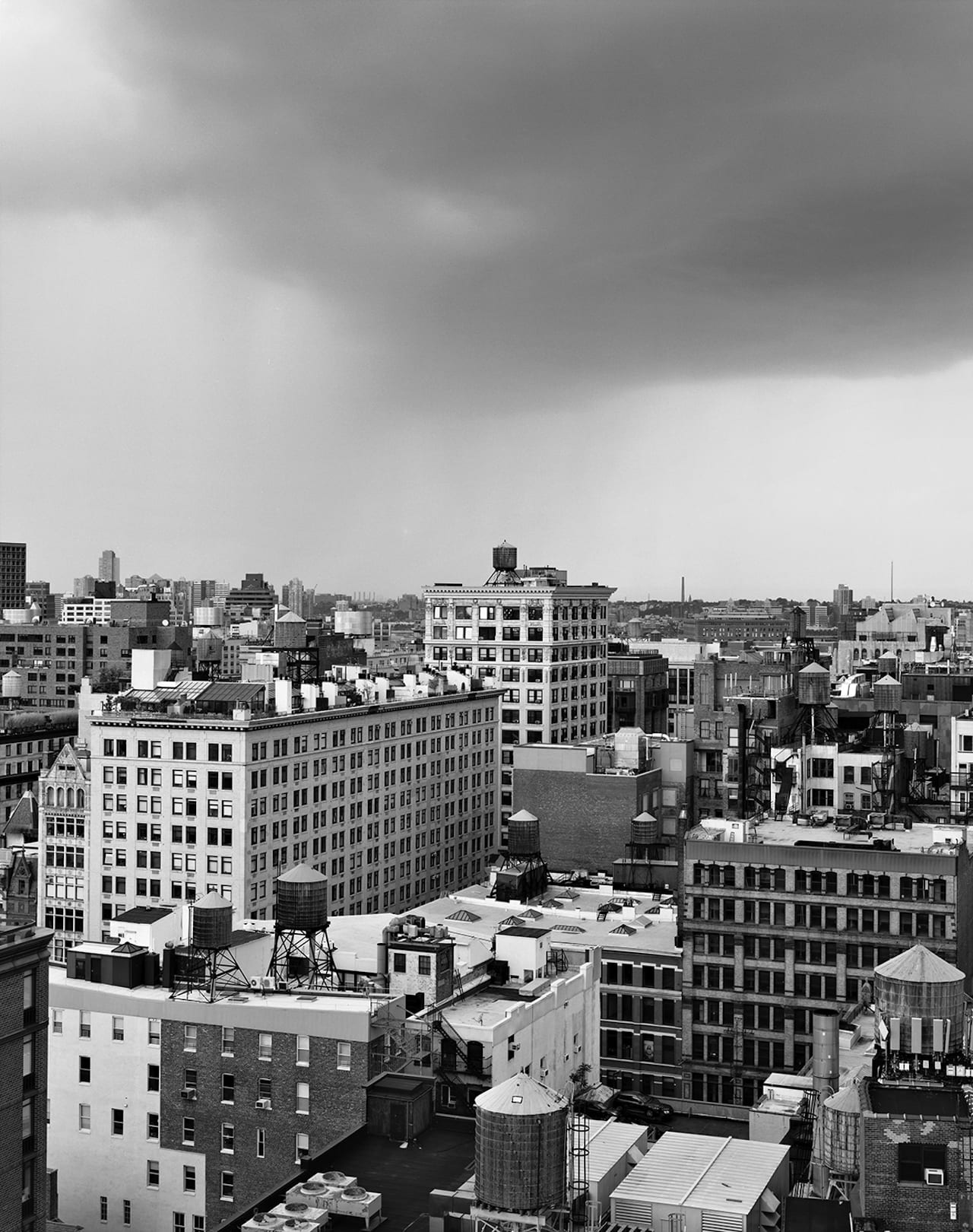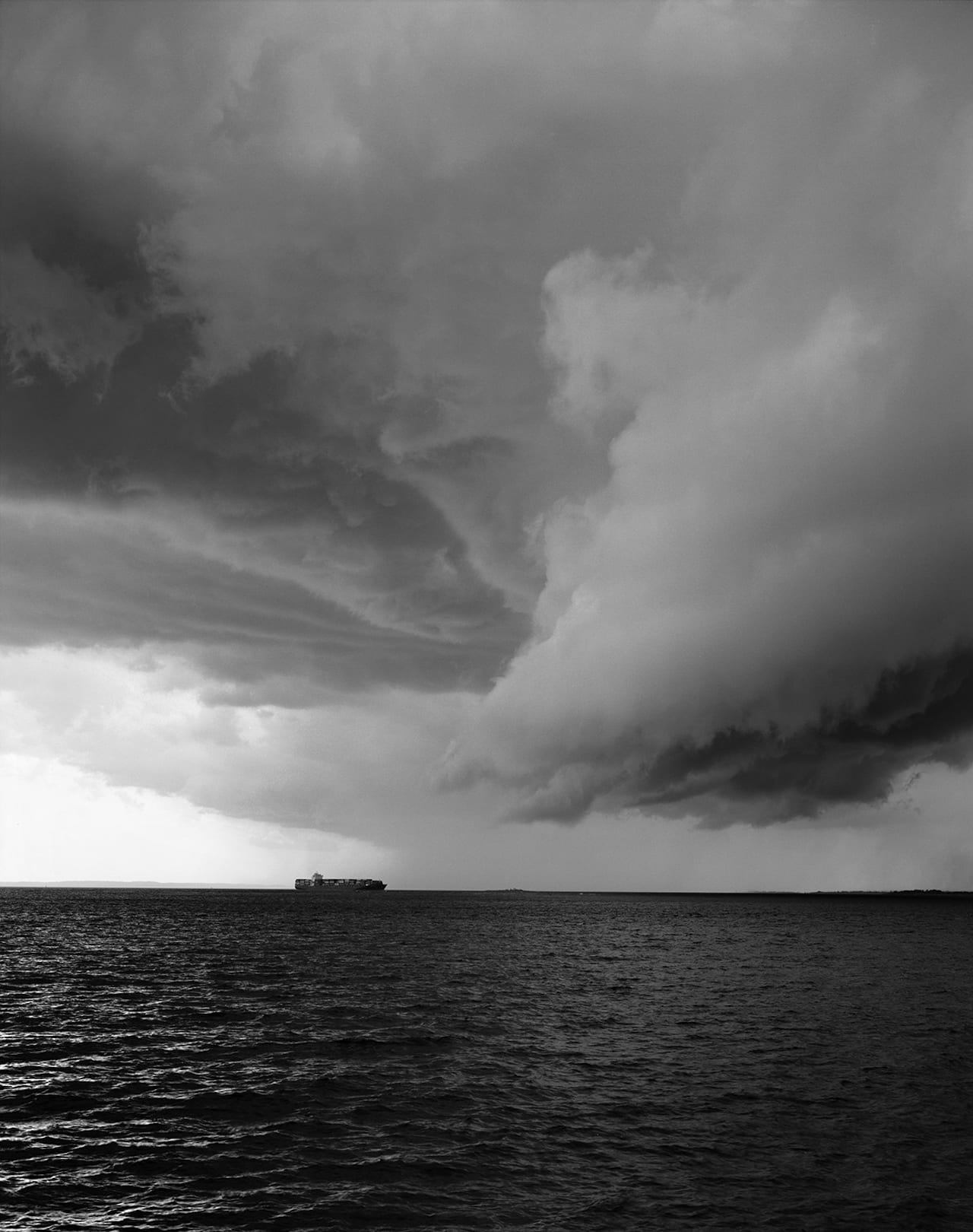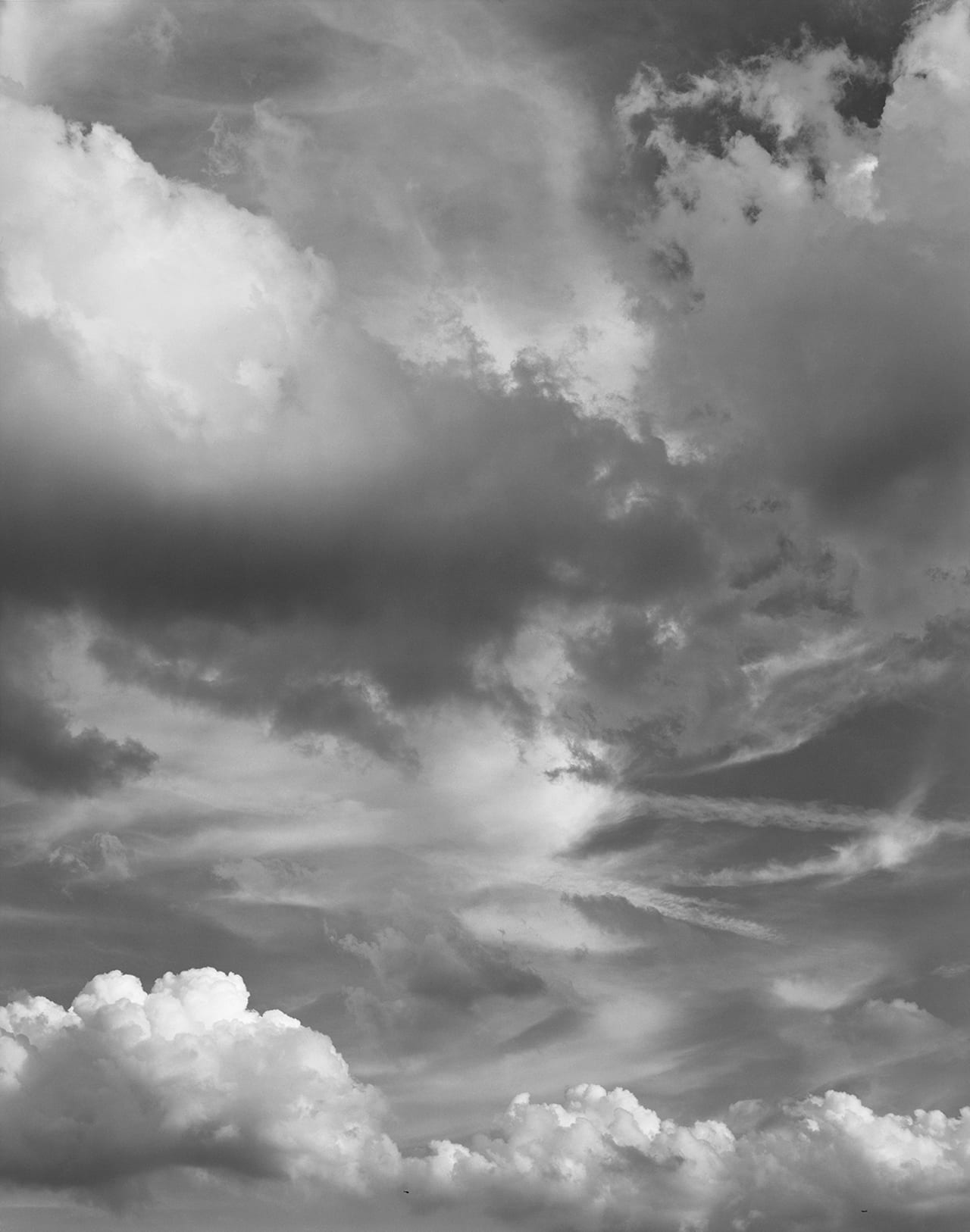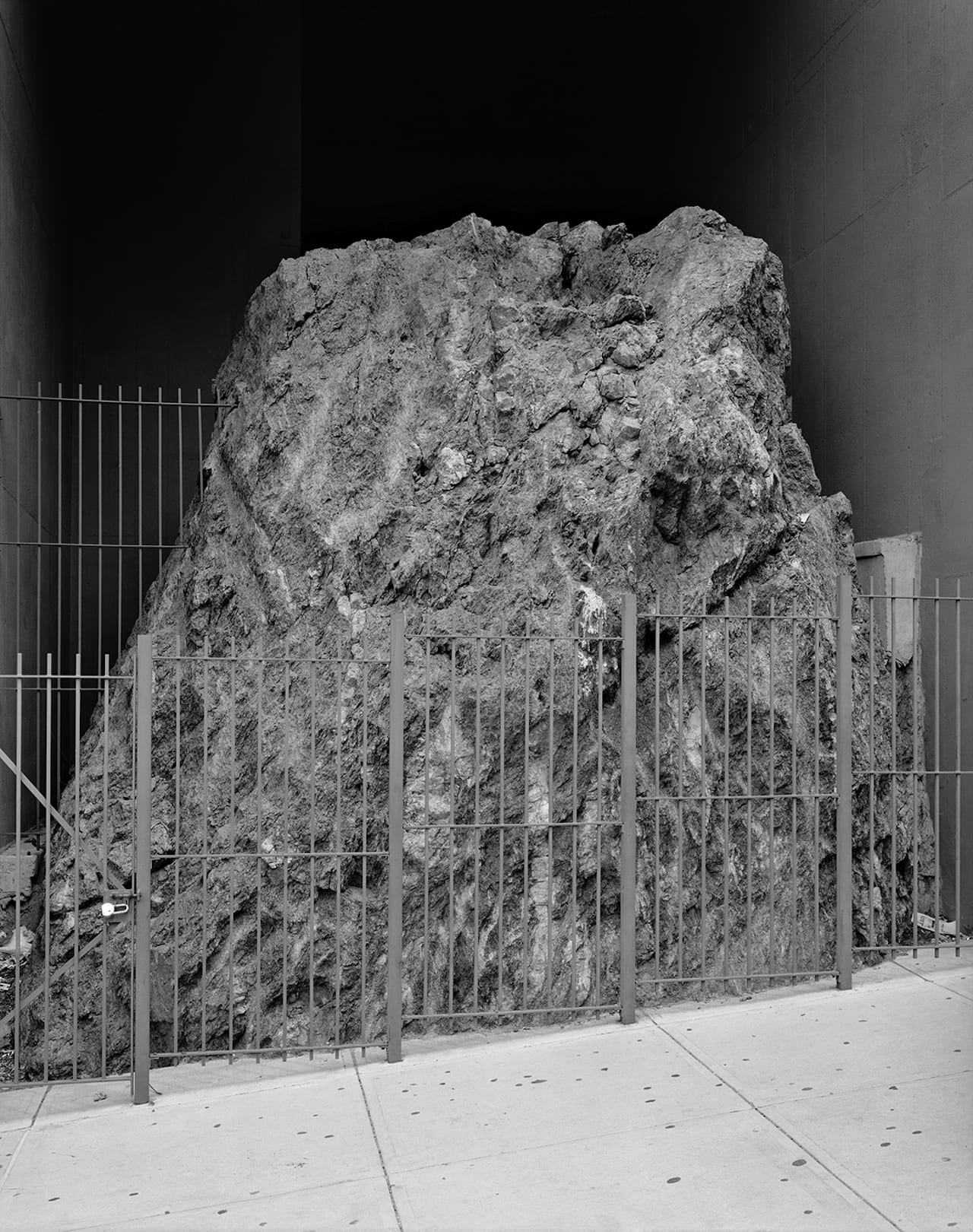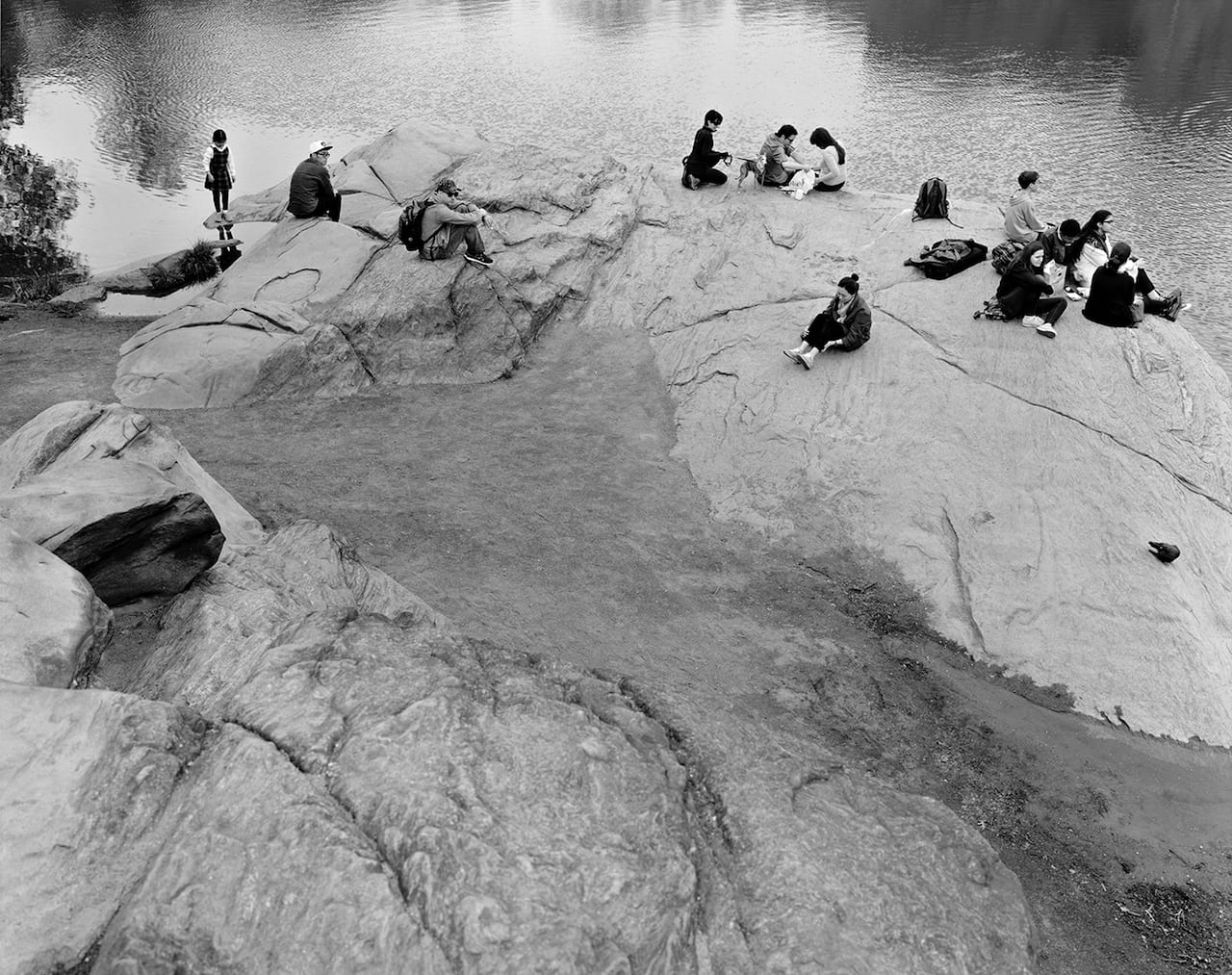“I’m one of those people who enjoy feeling like they have control over their life,” writes Mitch Epstein in Rocks and Clouds. “My house is spare and neat, my photographic expeditions are well-planned. Here’s the thing about clouds: they don’t give a damn if you planned well or not.”
Despite having spent years confronting the FBI as he shot power plants throughout America, and photographing his father as he faced the failure of his business, clouds ended up being one of Epstein’s trickier subjects. “I’m really just at the mercy of the unexpected and nature itself,” he says, adding that shooting clouds requires malleability and intuition – both of which are central to his practice.
Epstein’s photographic journey began in a traditional boarding school in New England, US, where he took on the editorial direction for the school yearbook. Straying from traditional photographs, he took it upon himself to do an independent study. “I saw the possibility of breaking moulds through the use of photography,” he says.
After graduating from Cooper Union in New York, where he was a student of Garry Winogrand, Epstein embarked on a photographic exploration of the US, then travelled to India and then Vietnam in the early 1990s. “When you look at the long arc of work I have produced, I often return to the same subjects,” he says, “I can make very different kinds of pictures and still be the same photographer”.
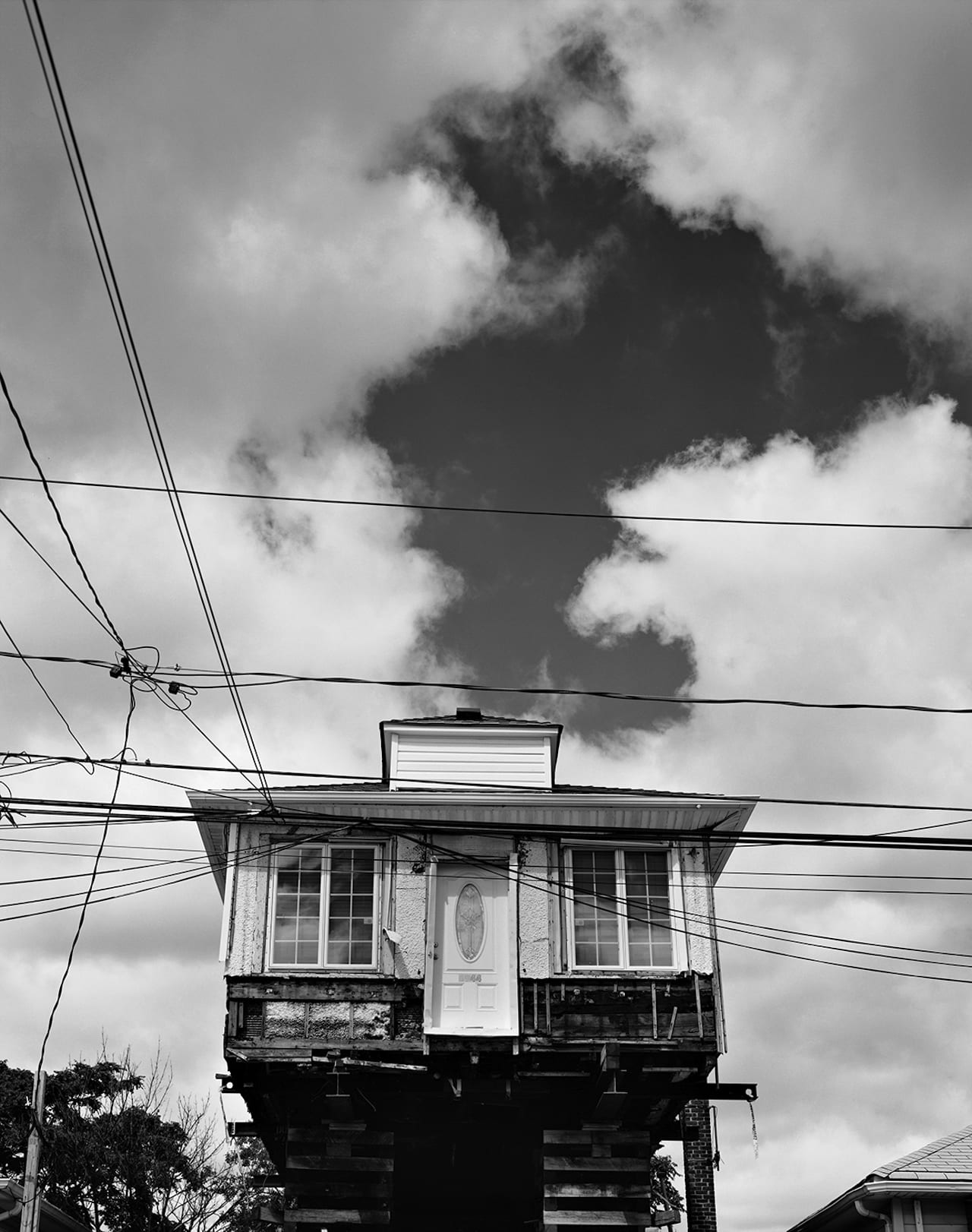
Rocks and Clouds follows on from Epstein’s portraits of trees in New York Arbour, where his interest in the intersection of nature and the city deepened. The project began in the winter of 2014, while recovering from a fractured Achilles tendon. As time slowed down, and he spent weeks doing next to nothing, Epstein began to think about his own timeline.
“To my surprise, the value of my time increased with my stillness,” he says. It was these thoughts on time, and Robert Smithson’s essay, The Dialectical Landscape – about Frederick Law Olmsted, the landscape architect of Central Park – that got him thinking about rocks.
After discovering that Olmstead had moved mammoth croppings of rocks into the park, Epstein went to take a look, with his foot still in a boot cast. What he found was these huge natural structures embedded within a fully manufactured landscape. He began to research and find rock formations that were visible in the five boroughs, thinking about how he might photograph them in ways that related to Olmstead’s fictionalisation of the park.
But there was a limit to the material, and he wanted to seek out a counterpart for his project. Clouds, which he describes as a long-standing opposite of rocks, enabled him to look at the city from another perspective, and create a juxtaposition between city landscapes and sky. While he didn’t intend to photograph buildings at first, Epstein soon realised that the architecture was also a manifestation of rock.
“It was expansive, insofar as this idea of thinking about this city and nature,” he says. “A lot of what we look at is the product of rock, but there isn’t much that is visible”.
“Part of what is interesting to me is how we have harnessed nature to create our cities and a liveable habitat,” he adds. “The earth itself comes from shattered stars, everything comes from something along the way.”
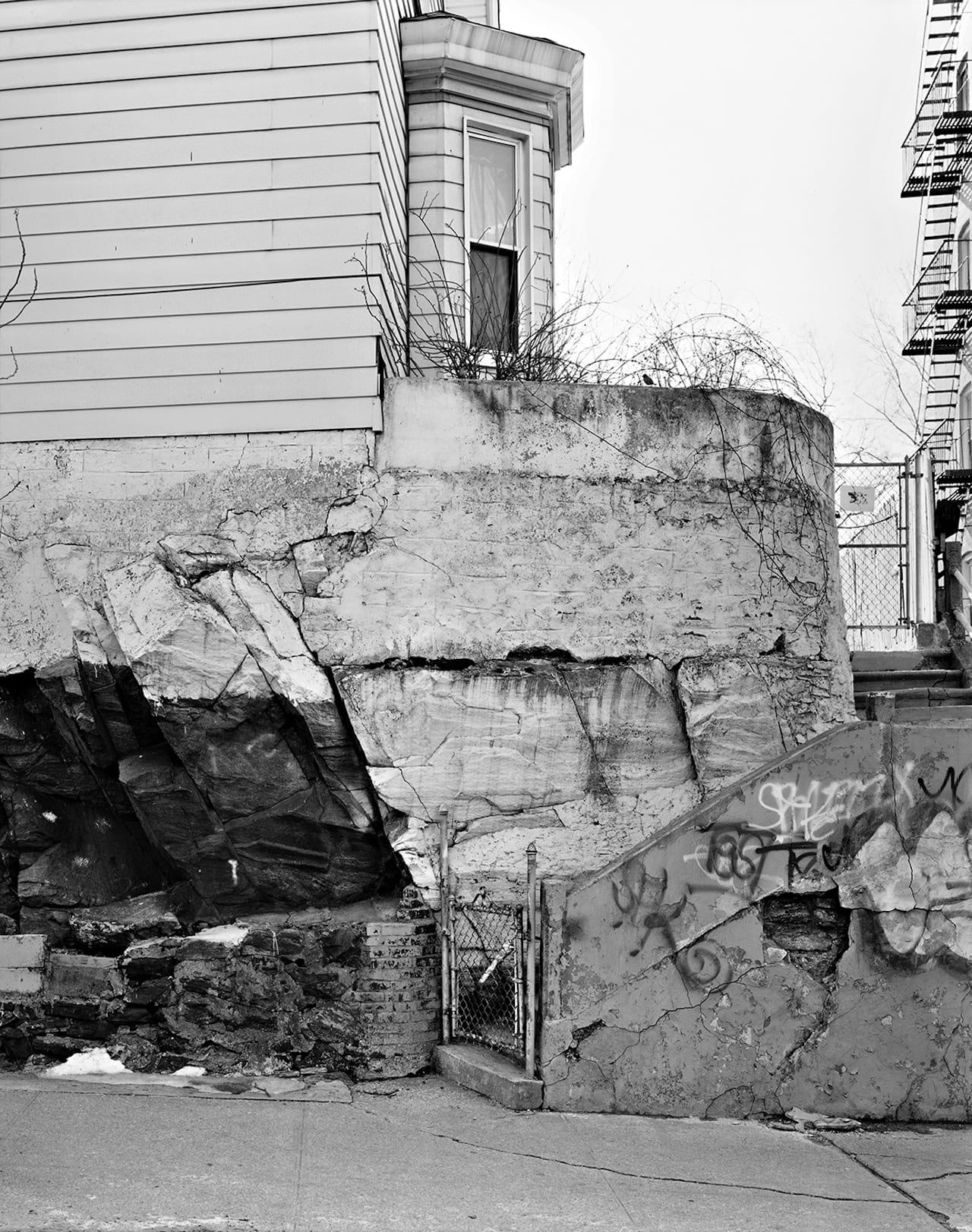
For Epstein, the city has always been something that is much larger than everything inside it, so standing back to look at it in the larger context of nature was “humbling”. So while there is an underlying reflection on our relationship with nature, he says, his work is not intended to send a message. “My pictures are better at framing questions than they are at providing answers,” he says. “In a way, it is a celebration and engagement.”
The only problem is that nature is uncontrollable and unpredictable, and Epstein says it was sheer chance when he found the balance between setting up his 8×10 for a shot, and being in the right place at the right time for some activity in the sky. “I was giving up more control that I usually do with my approach,” he says. “I’m in some sense wrestling with a balance between intentionality and chance.”
But while he sets out with clear ideas, he adds, intuition plays an important part in his photography. “Otherwise there is no discovery,” he says, “no play, or advancement to some place I haven’t already been.”
Together with New York Arbour, Rocks and Clouds is the first substantial series Epstein has produced in black-and-white. He also chose to shoot in analogue – not because he is a “purist”, he says, but because there was something that an 8×10 could capture that was “inherently atmospheric”.
By stripping everything down and taking the colour away, the project becomes more elemental, he says. “The motifs are classical, but my way of looking at it is not intended to be,” he adds. “My intention was for it to be absolutely contemporary.”
Epstein’s interest in nature is longstanding, and even when it is not overtly visible, he says it’s always there. His upcoming project, Property Rights, is a look at our cultural relationship to land and the ownership of it. “My interest in what I photograph has changed as I’ve changed and grown,” he says.
“Yet I’m still incorporating some of what is so intrinsic to the medium, which is finding some kind of conversation with the serendipitous – things that just sort of happen.”
https://mitchepstein.net Rocks and Clouds by Mitch Epstein is published by Steidl, priced €65 https://steidl.de/Books/Rocks-and-Clouds-1418232739.html
